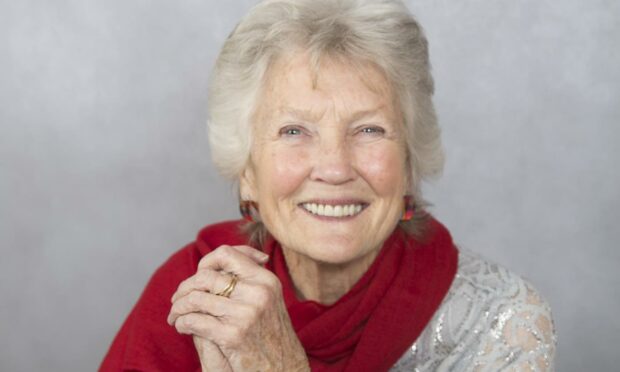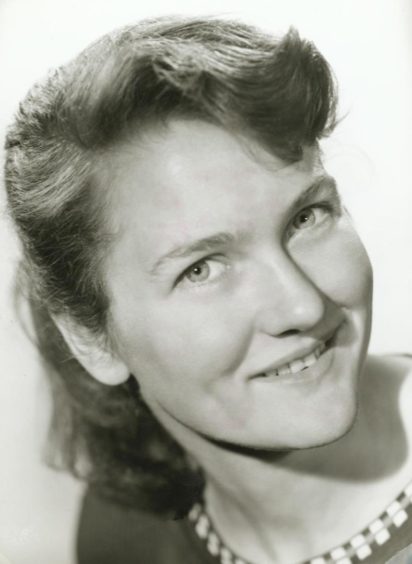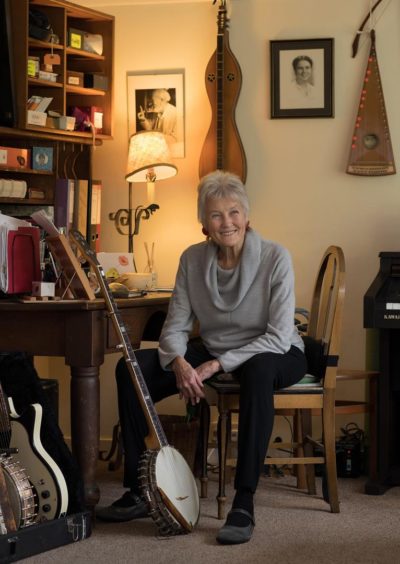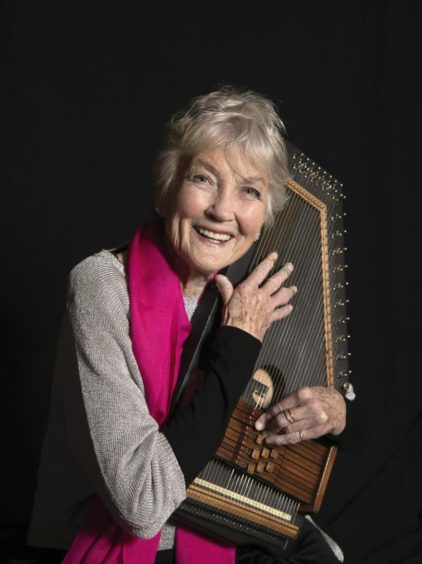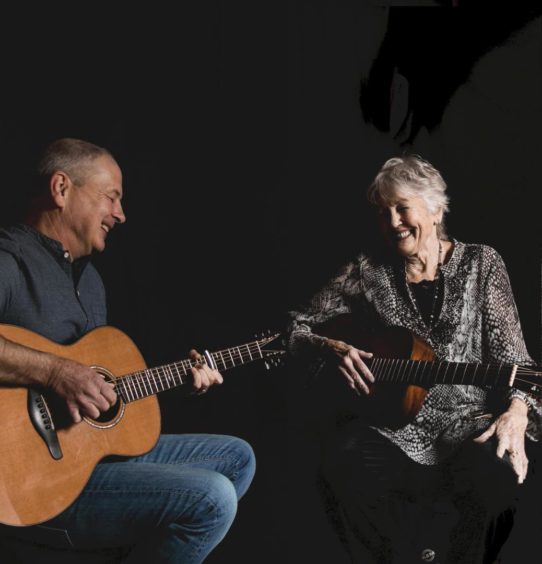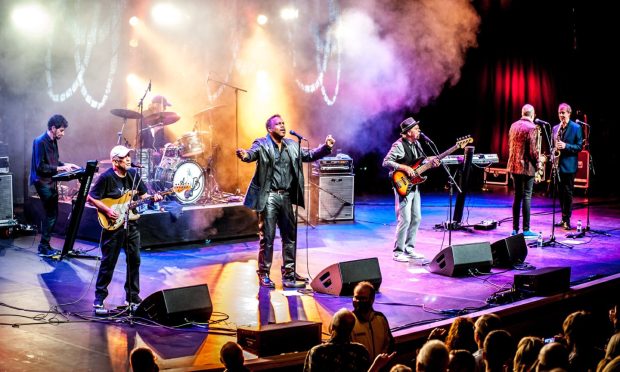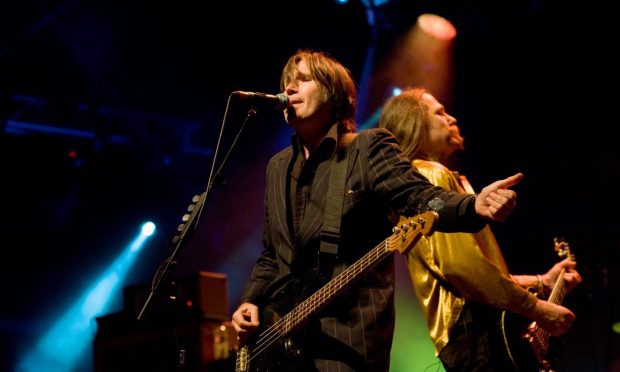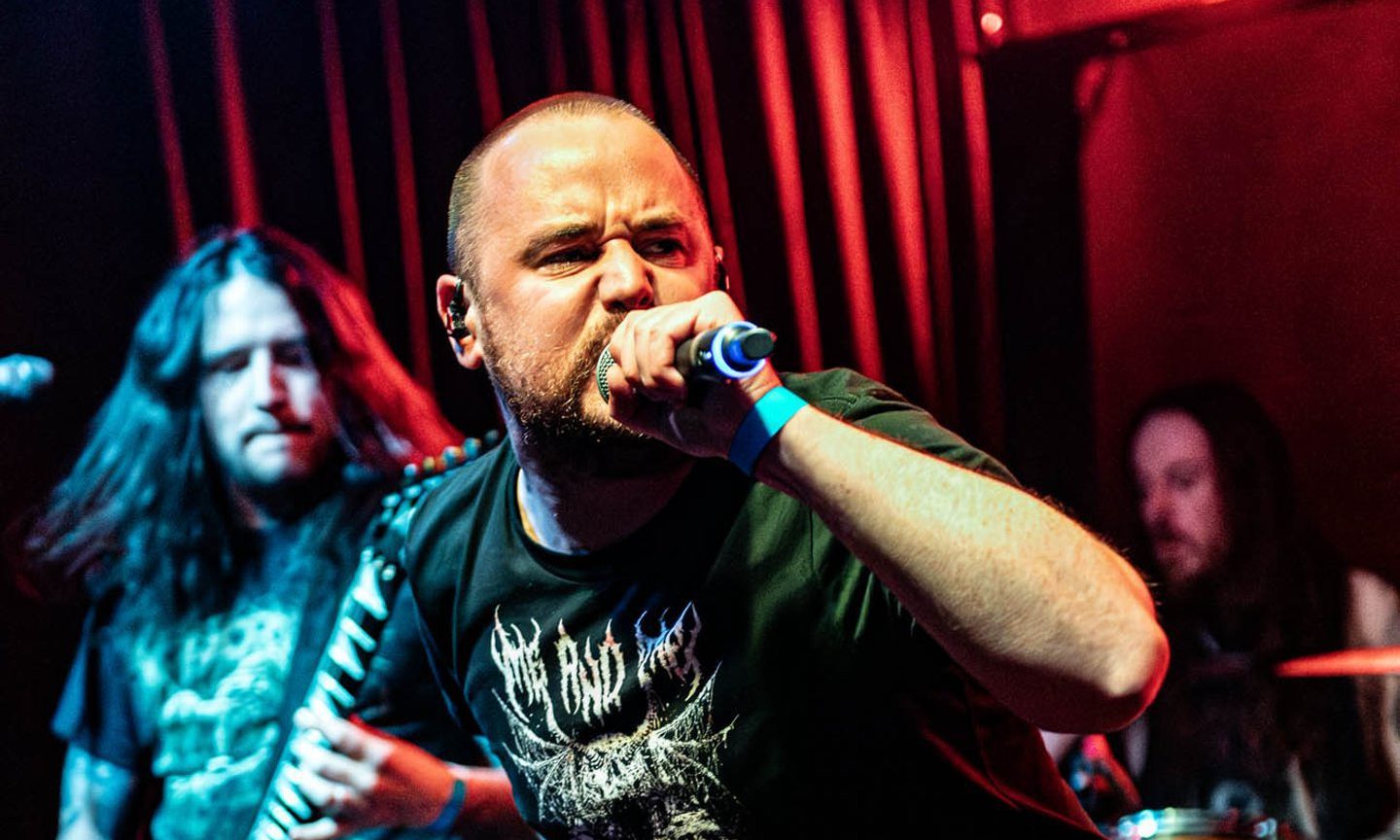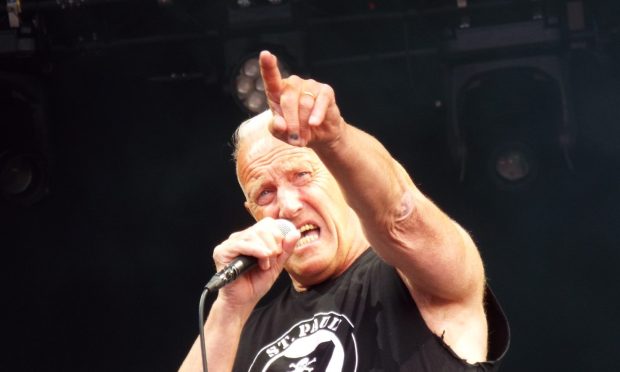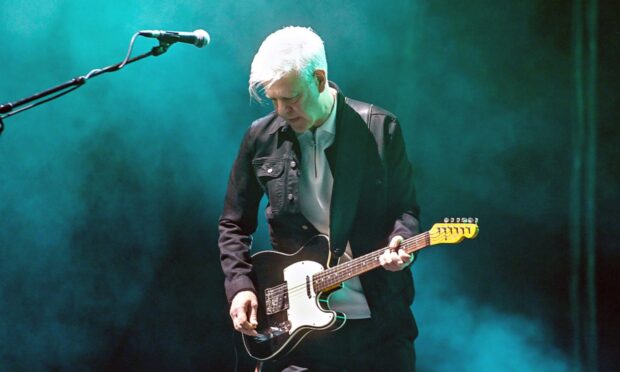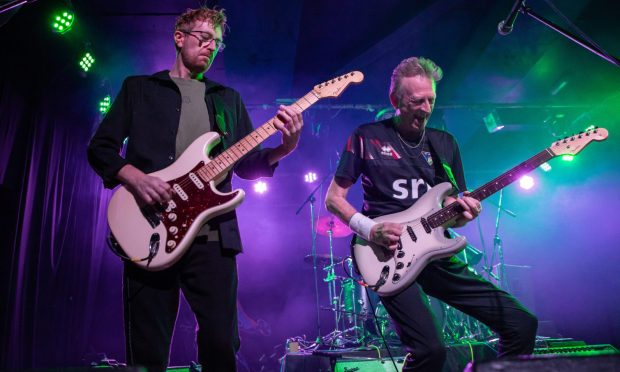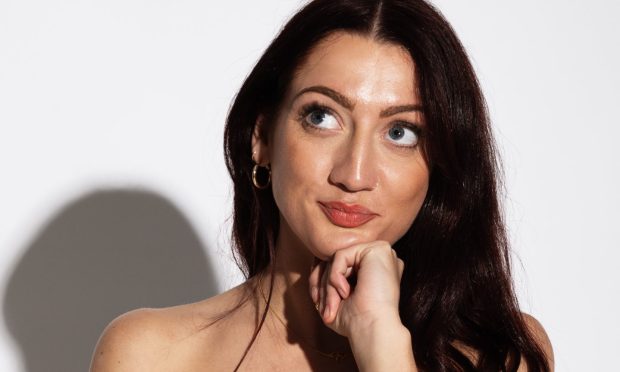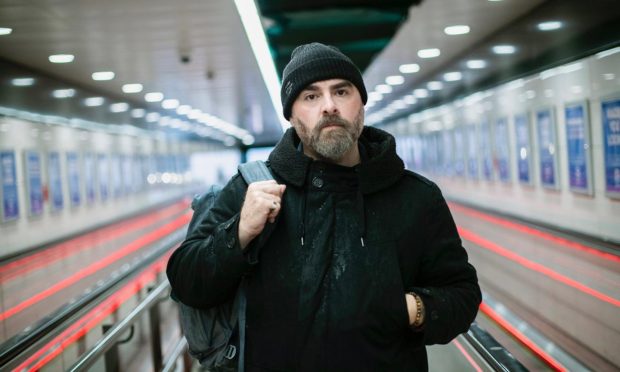It is often said of people who reach their eighties that they have lived full lives. In the case of Peggy Seeger, who appears at the inaugural Braemar Folk Festival with her son Calum on Friday October 1, make that three or four full lives.
By the time she was 22, Peggy had met blues legend Lead Belly, folk music icon Woody Guthrie.
She’d also met the composer of the East German national anthem (and much else besides), Hanns Eisler, and the writer of folk classic Freight Train, the redoubtable Elizabeth Cotten, to name just a few visitors to the Seeger household.
Her eyes had been described by one admirer as being “the colour of time” and had become the inspiration for the infinitely more long-lasting compliment, Ewan MacColl’s The First Time Ever I Saw Your Face.
The Seegers’ home was filled with music.
A very musical family
Peggy’s mother, Ruth Crawford Seeger, was the first woman to be awarded a Guggenheim Fellowship Award for Music.
She composed modernist music during the 1920s and 1930s before becoming interested in folk music.
Peggy’s father, Charles Seeger, was a musicologist, composer, teacher, and folklorist.
Brothers Pete and Mike Seeger
One brother, Pete, actually a half-brother, was one of the defining characters in American folk music.
The other, Mike, devoted his life to keeping American folk music, particularly from the Southern States, alive.
Peggy herself began singing aged two and gave her first public performance when, as she remembers, she was taken into hospital with strep throat only to catch whooping cough and be placed in an isolation ward.
“My parents were apparently able to locate the ward by hearing me singing Barbara Allen from down the hall,” she says.
Her recollections of the various visitors she met in the family living-room, or kitchen, vary.
Elizabeth Cotten, who after coming to a very young Peggy’s rescue when she got lost in a department store, ended up working as the Seeger’s domestic help.
She was a priceless fund of music and lore (and a huge influence on brother Mike’s subsequent career).
Woody Guthrie in the Seeger house
Woody Guthrie, on the other hand, says Peggy, “was a bit too rough for my mother. He’d put his guitar on the floor, pull it around by the strap and pretend it was a dog.”
Having taken piano lessons with her mother from the age of six, Peggy was studying music at Radcliffe College in Cambridge, Massachusetts when she began singing folk songs professionally, accompanying herself on guitar and banjo.
She dropped out of Radcliffe, went hitch-hiking in Europe and was in a youth hostel in Copenhagen when family friend, song collector Alan Lomax tracked her down and invited her to London to play banjo on a TV programme.
It was on this trip that Peggy met Ewan MacColl and a partnership was born.
The impact MacColl and Seeger made on the British – and wider – folk scene can’t be overstated.
Even just the radio ballads series they worked on with BBC producer Charles Parker, telling compete stories in songs and the words of real-life working participants, produced many songs.
These included The Moving On Song and Shoals of Herring, whose significance has only increased with the passing years.
Following MacColl’s death in 1989 Peggy continued performing traditional songs and writing her own, including I’m Gonna Be an Engineer, which she wrote for the Festival of Fools shows that “featured eight women wearing mini-skirts”.
It wasn’t conceived as a feminist anthem but it was taken up by the feminist movement.
When she was invited to sing it at radical meetings, she would invariably be asked if she had any more where that came from.
“That’s why I started writing women’s songs because I only had that one,” she says.
The Braemar show
The songs she’ll sing in Braemar are likely to be drawn from across her eighty-plus years of singing.
She’s sung children’s songs, humorous songs, serious songs.
She’s even sung with electronica producer Broadcaster, an experience she embraced with enthusiasm and fascination.
You’ve got to be able to hum it…
Her job as a songwriter, she says, is to convey a message that, were it in non-hummable form, might not be so easily remembered.
“It’s enjoyable to write songs,” she says. “And it’s rewarding to hear other people singing a song you’ve written, even though, as has happened a number of times, they attribute it to another songwriter!”
- Braemar Folk Festival runs at St Margaret’s from October 1 to 3.
